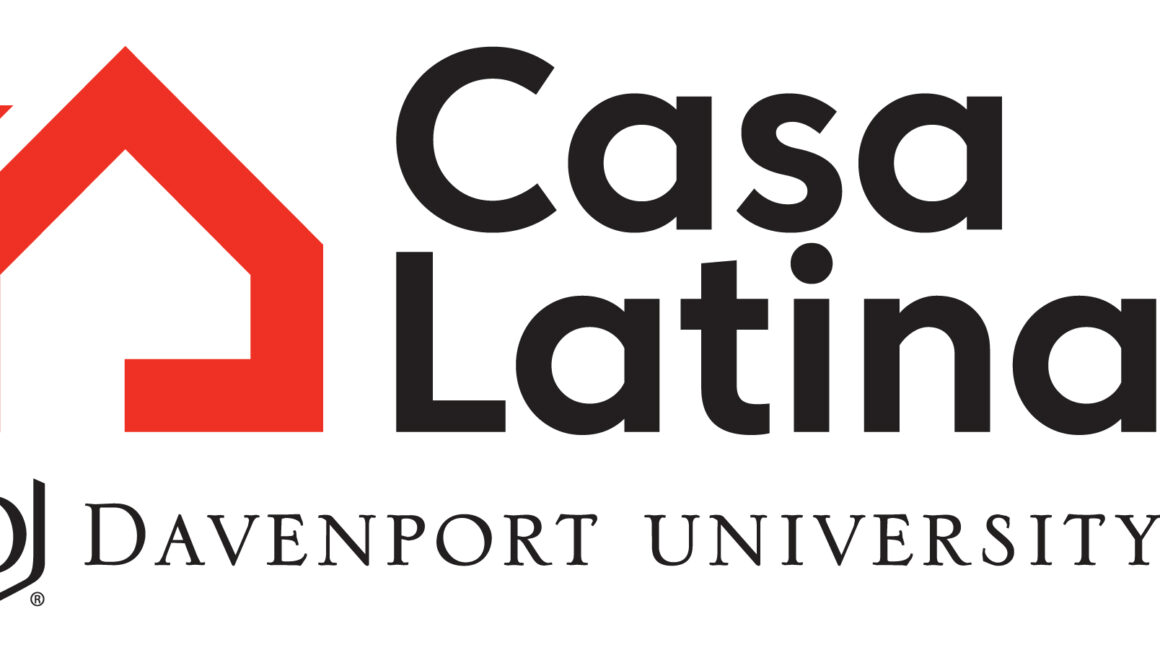
Continuing your education: Which school is right for you?
Congratulations! You’ve made the decision to continue your education. Whether you’re fresh out of high school or have been out of the classroom for a few years, there are numerous schools you could apply to — and the process can be daunting. Here are a few of our tips to help you navigate, search, decide on and apply to a school.
Choosing a Degree Program
It’s OK to admit you don’t know what you want to be when you grow up. Between 20-50% of students start college as undecided, and approximately 75% of students changed their major at least once while in school. So, while you may feel alone as an enrolled, undecided student, you’re far from it.
What should you do if you’re undeclared? If you’re still in high school, meet with a career counselor to determine your strengths and interests to pick a general field. If you think you are interested in an area of study but are unsure, talk to others in that profession–see what they studied and where they went to college. And ask yourself: What did you excel in and enjoy in high school? These subjects are a good starting point. Then, look for colleges that offer programs that interest you.
If you’re still undecided, don’t worry. Many students choose their major after taking a course that intrigues them. Some colleges emphasize the sciences, while others focus on humanities. Perhaps you’re interested in business or accounting, or want to study nursing or dentistry.
What’s Your Learning Style?
Are you best working alone or in small groups? Do you prefer a smaller classroom setting or a lecture hall of 100? Would you rather attend class in person, or are you disciplined enough for remote learning? Are you an active participant in class discussions, or would you rather simply listen and take notes?
Identifying your style of learning can help you decide between a school with smaller class sizes that provide more individual attention or a larger school with lecture-style classes that require more studying outside the classroom.
And who knows? Perhaps you’ll discover that you don’t want to spend the next four years in a classroom at all. If not, look into getting a two-year Associate’s degree at a community college or begin career training at a vocational or career school.
Look at colleges that enroll students academically similar to you. Choose a college that will push, but not overwhelm. And be realistic about where you will likely be accepted—but don’t let that stop you from applying to “reach” colleges. Regardless of your personal preferences, remember that your academic profile is the most critical factor colleges use in deciding whether to accept you. If your GPA, test scores and course load are significantly below the average incoming class, you’re less likely to get in.
What’s your social scene?
Your major isn’t the only thing that defines your college experience. Parties, concerts, tailgating, athletics, cultural interests, club, extracurricular activities and other campus events provide fun, safe opportunities for students to enjoy time together. Do you want to learn a new language and then study abroad in that country? Do you have the drive to master golf or tennis? What about exploring your creativity in a photography or painting club?
The social scene helps define the school’s atmosphere and the overall student experience. Many schools, whether they are in a rural setting with a high number of bars or are in an urban environment with a thriving nightlife, are known for their parties. The best “party schools” give students a chance to work, study and play responsibly.
Explore online
Most schools now offer a comprehensive look at their majors, campus, social activities, and more in the admissions section of their website. Some go into detail at the type of students they accept, and their alumni section profiles what successful students are doing after graduation. Many schools even include a virtual tour of the campus on their website.
Sticker shock!
When totaling up the cost of tuition, room, and board, books, and other related fees and expenses, it can really add up. It’s essential to explore the financial aid offered, including grants and scholarship. And the money is out there; you just have to know where to look. Davenport awards more than $15 million in institutional and Foundation scholarships each year. More than 95% of our students receive financial aid. Once accepted, all applications are automatically reviewed for scholarship eligibility. Be sure you understand how financial aid works at the schools you’re applying to.
What’s your comfort zone?
Of course, it’s vital that a school offers the programs you’re interested in. Let’s imagine you’ve found the ideal college in terms of academics. Now take these questions into consideration:
- Are you in a city, in the country, in between?
- Are you living in a dorm, or commuting to school?
- Do most of the students live off or on-campus?
- Are there hundreds or thousands of students in your graduating class?
- Is the school religious or secular?
- How diverse is the student body?
- Are student services like recreation facilities, 24-hour study spaces, counseling, and a health center available and accessible?
In fact, there’s a chance no one college matches all of your requirements. Think about which factors you’re willing to let go and which you’re not. Make a checklist and a list of pros and cons, and use this to help decide which school is right for you. You might be surprised at the results.



No Responses